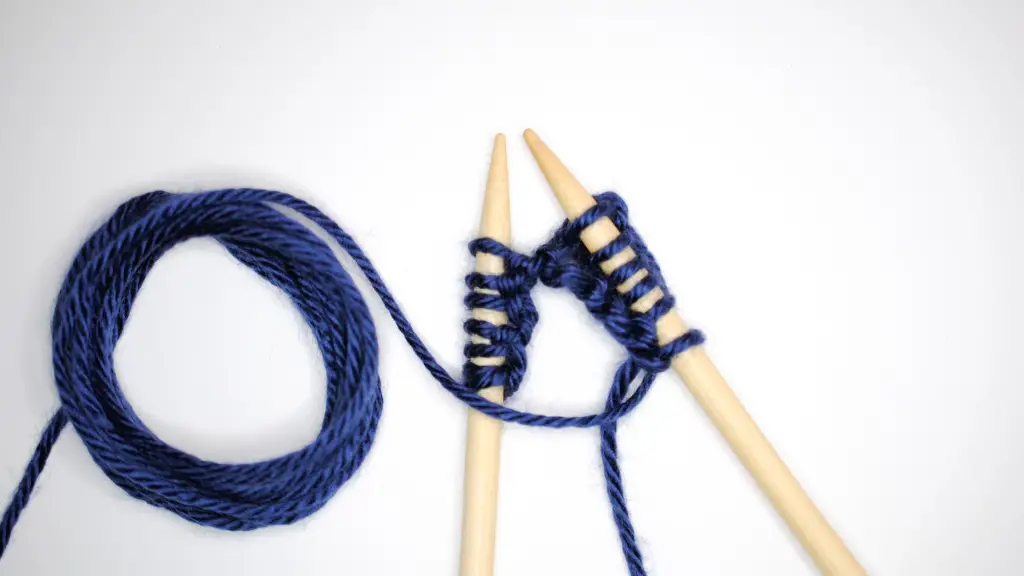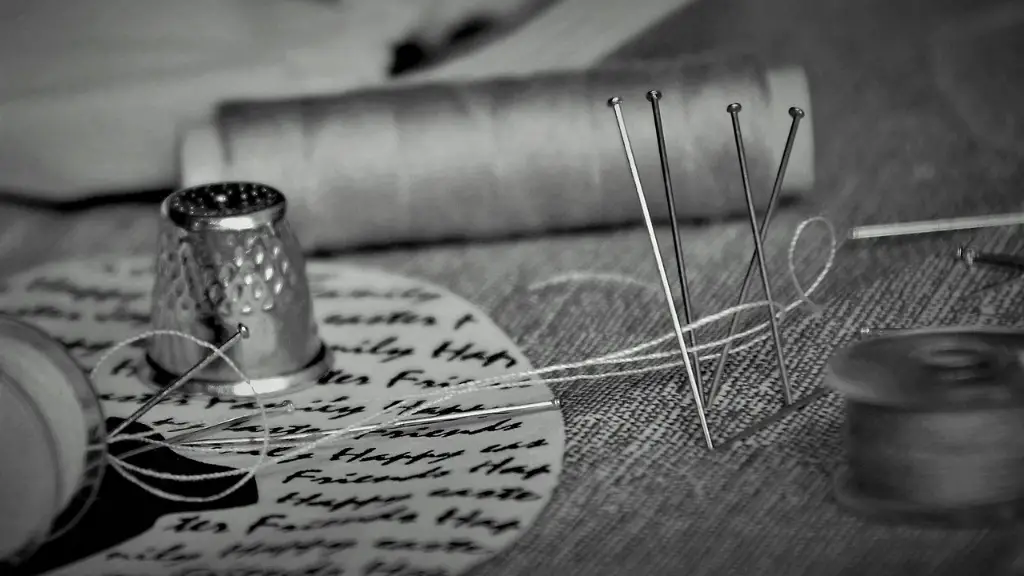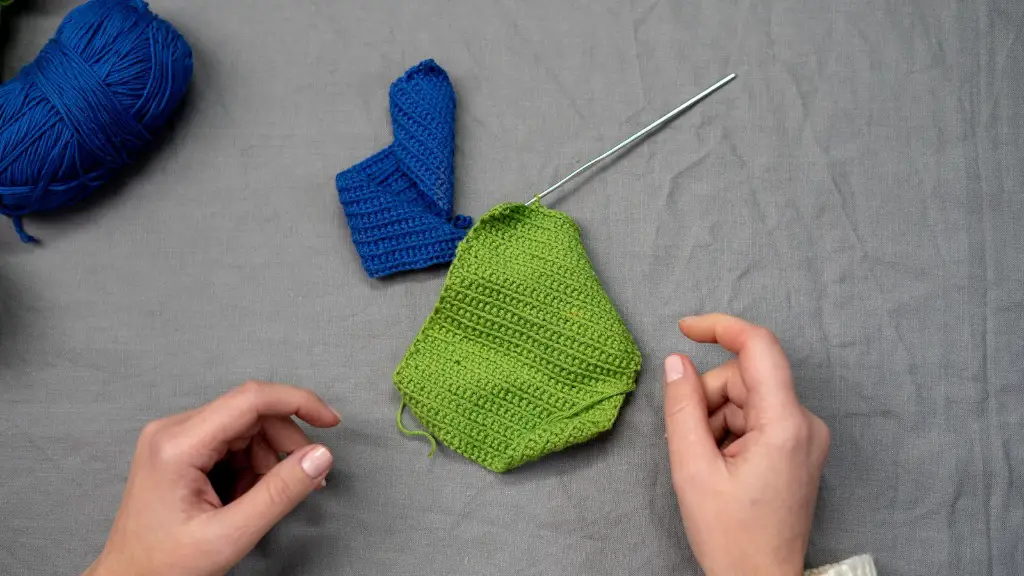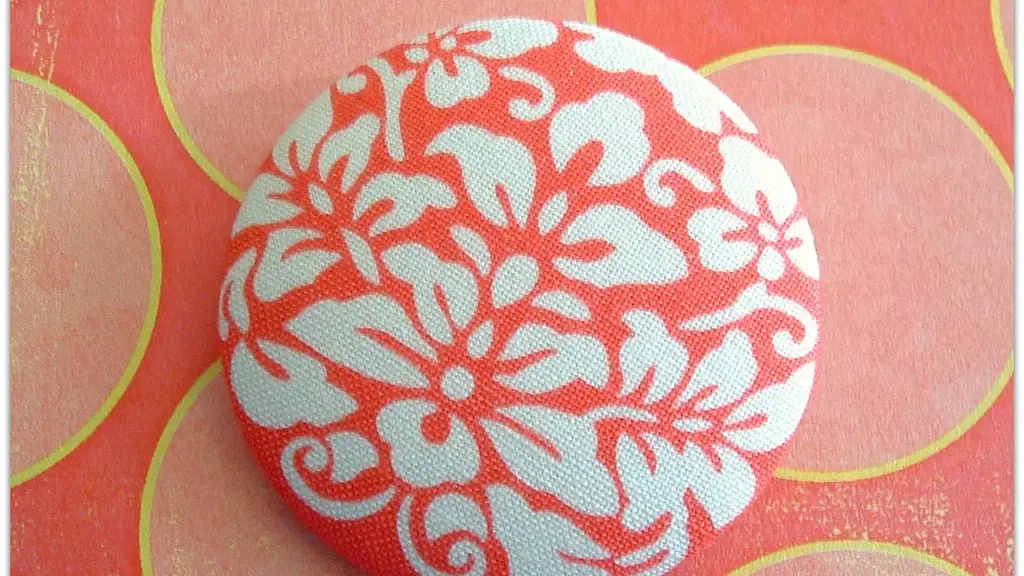What is Embroidery Thread
Embroidery is an artistic technique involving the use of fine threads and yarns to create decorative patterns and pictures on various materials, such as fabric and skin. Embroidery thread, also known as floss, is made of fine, highly twisted strands of thread which are used to create a variety of eye-catching designs. Embroidery threads come in a wide range of colors, textures, and weights, and can be used in hand embroidery projects or in a sewing machine.
What are Advantages and Disadvantages of Using Embroidery Threads in Sewing Machines
Using embroidery thread in a sewing machine can be quite beneficial. For example, it can be used to create intricate patterns, allowing for greater creative freedom. Additionally, the use of multiple coloured threads can create a multi-dimensional effect which may not be achievable with regular sewing machine threads. Furthermore, embroidery thread is generally much more affordable than regular sewing machine thread.
However, there are a few disadvantages to using embroidery thread in a sewing machine. First of all, embroidery thread is not as strong as sewing machine thread. This means that it may be more prone to breaking and can be less durable when exposed to stress and wear. Additionally, embroidery thread can be challenging to thread into a sewing machine since it does not have the same stiffness as regular sewing machine threads. This can be a time consuming task and may require patience and practice.
Tips for Using Embroidery Thread in a Sewing Machine
When using embroidery thread in a sewing machine, it is important to take a few precautions to ensure successful results. First, it is important to choose a lower needle thread size when sewing with embroidery thread in order to prevent the needle from being too large and damaging the threads. Additionally, ensure that the thread has been adequately tightened when winding the bobbin. Furthermore, it is important to use a thin spool of embroidery thread when threading the machine, as larger spools may have difficulty going through the machine’s thread guides. Finally, using a small tension can be beneficial when using embroidery thread in a sewing machine – typically between a 1 and 3 setting – in order to avoid any tension related problems.
Which Stitch Is Best to Use
When using embroidery thread in a sewing machine, it is best to use a zigzag or overlock stitch as these stitches are designed to provide the necessary flexibility and movement for a successful embroidery project. It is best to test out different stitch settings on a scrap piece of fabric before beginning the project in order to ensure a successful outcome.
How to Take Care of the Sewing Machine
When working with embroidery thread in a sewing machine, it is important to ensure that the machine is well maintained. This is because embroidery thread is generally much finer than regular machine thread and can cause the machine to wear down faster. Additionally, since embroidery thread is less durable than regular sewing machine thread, it is important to take care to not pull or stretch the thread too much as this can lead to breakages and premature wear of the thread.
Can You Use Embroidery Thread in Brother Sewing Machines
Brother sewing machines are a great option for those looking to use embroidery thread in their projects as they come equipped with features specifically designed to handle delicate threads. These features include a special tension setting and a low-pressure foot which help to stabilize the fabric, as well as a slow speed setting which can be used to prevent the needle from splitting the thread. Because of these features, Brother machines provide a great option for those looking to use embroidery thread in their sewing projects.
Different Types of Embroidery Thread
There are a variety of different types of embroidery thread available, each with its own unique characteristics. Cotton, for example, is a popular choice for hand embroidery projects as it produces a soft, matte finish. Polyester thread, on the other hand, is often used in machine embroidery projects as it is strong and retains its shape well. Additionally, rayon and silk threads are also popular options for hand and machine embroidery projects.
Project Ideas
There are a variety of creative projects that can be made using embroidery thread in a sewing machine. For example, embroidery thread can be used to create decorative pillowcases or blankets, or can be used to applique decorative designs on jeans and canvas bags. Additionally, embroidery thread can also be used to add intricate details to t-shirts and sweaters, or can be used to create wall hangings or framed embroidered art pieces.
What Other Sewing Supplies Are Needed
In addition to a sewing machine and embroidery thread, there are a variety of other supplies that may be needed for embroidery projects. For example, a tear-away stabilizer on the back of the fabric can help to keep it in place during the embroidery process. Additionally, seam rippers, fabric scissors, needles, thread snips, and hoop embroidery frames may all be needed depending on the type of project being undertaken.
Influential Creatives Who Use Embroidery Thread
In recent years, embroidery has become increasingly popular amongst a wide variety of creatives. For example, many contemporary fashion designers, such as Gucci, Louis Vuitton, and Dior, incorporate embroidery in their designs. Additionally, many artists, such as Marine Leleu, use embroidery thread to create intricate patterns for their artwork. Finally, Instagram influencers, such as Amy Phimal, often showcase their embroidery projects on social media, inspiring other creatives to experiment with the medium.
Embroidery Thread as a Tool for Self-Expression
Using embroidery thread in a sewing machine allows for a unique level of creativity and self-expression. With the help of different colors and textures of thread, intricate patterns and designs can be created, allowing for a truly personal touch. Additionally, the use of embroidery allows creatives to express their own unique style and to explore their creative boundaries. As such, embroidery can be a powerful tool in the creative process, giving a unique platform for self-expression.
Pros and Cons of Using Embroidery Thread in Sewing Machines
Using embroidery thread in a sewing machine can be a great way to add decorative details to a project. For example, the use of multiple threads allows for greater creative freedom and a multi-dimensional effect. Additionally, embroidery thread is generally more affordable than regular sewing machine thread. On the downside, embroidery thread can be less strong and durable than regular sewing machine thread, and can be more challenging to thread into a sewing machine. Additionally, the use of embroidery thread can cause the machine to wear down faster, thus requiring more frequent maintenance.
Tips and Tricks for Embroidery Projects
Before diving into an embroidery project with a sewing machine, it is important to have a few tips and tricks under your belt. First and foremost, it is important to use a lower needle thread size in order to prevent the needle from being too large and damaging the threads. Additionally, it is important to use a thin spool of embroidery thread and a small tension setting in order to prevent any tension related problems. Finally, it is often useful to test out different stitch settings on scrap fabric before beginning an embroidery project in order to ensure a successful outcome.
Online Resources for Embroidery Projects
There are a variety of online resources available for those looking to learn more about embroidery projects with a sewing machine. For example, websites such as Craftsy and YouTube channels such as The Sewing Club provide numerous tutorials and helpful tips for embroidery projects. Additionally, blogs such as Embroidery Thread Chronicles provide insights and analysis from experienced embroidery professionals. Finally, online stores such as Bergère de France offer a wide selection of embroidery threads, fabrics, and supplies.



